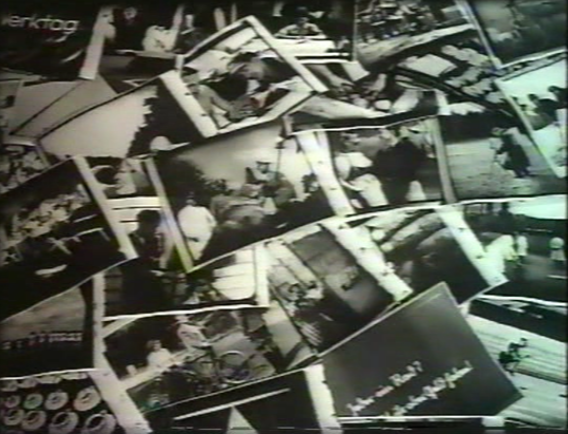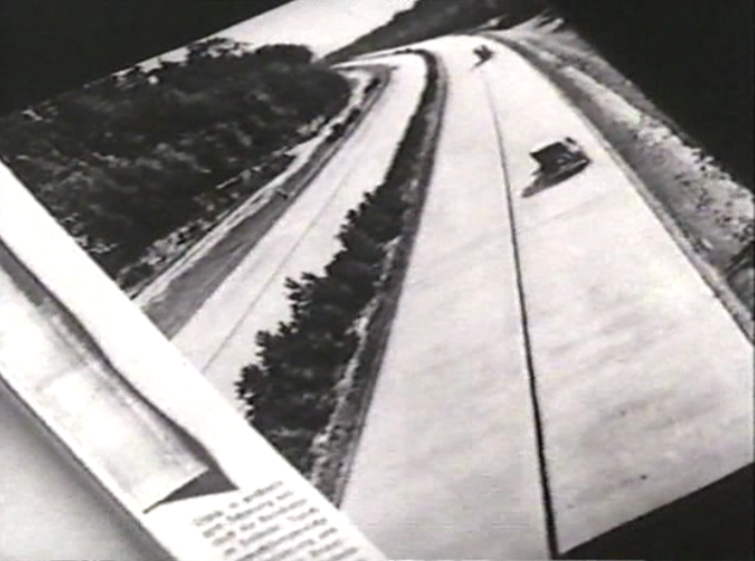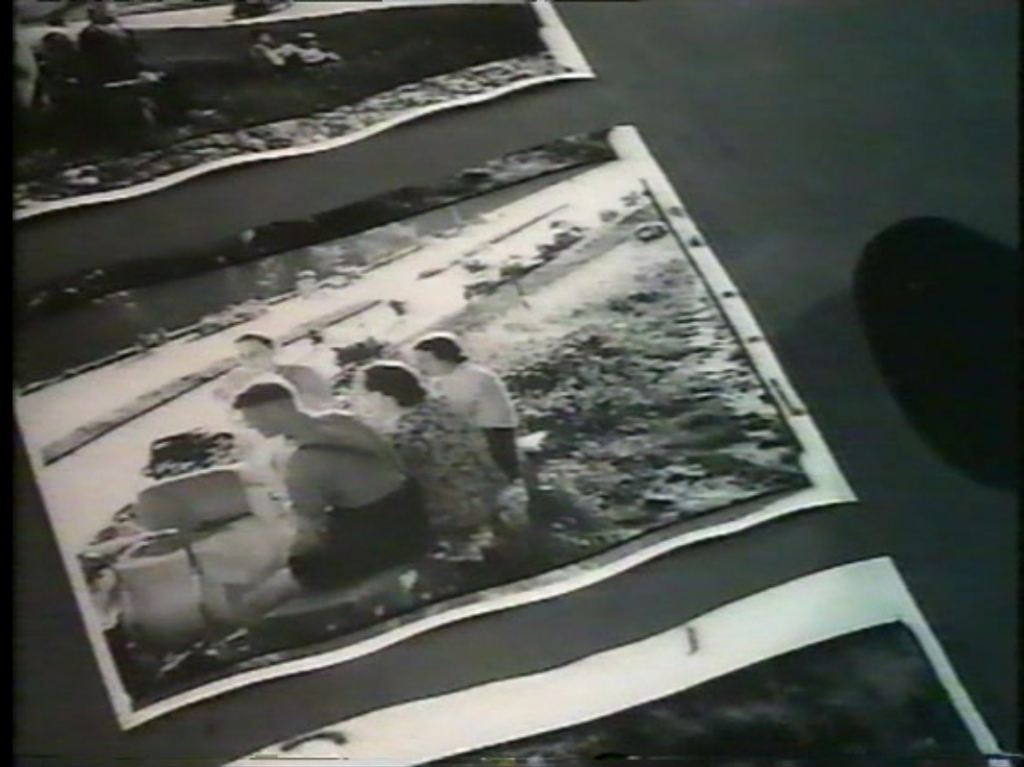15.04.19 | Working on the Image – Insights into the work of Hartmut Bitomsky
Today is the first part of our Bitomsky program: Arbeit am Bild. Working on the Image – Insights into the work of Hartmut Bitomsky
The first day of the show is dedicated to essayistic compilations of archive films, screening DEUTSCHLANDBILDER (FRG 1984) and REICHSAUTOBAHN (FRG 1986). National Socialist aesthetic, particularly in the genre of documentary „cultural film“, has to undergo a form of pictorial clarification. Combining these two film illustrates how Bitomsky’s work is shaped by reflections and cross referencies. Film scholar and cultural film expert Ramón Reichert will give an introduction, in which he will pursue Bitomsky’s method of processing archival footage artistically and relate it to other approaches of this kind.
[Working on the image | Insights into the work of Hartmut Bitomsky]
| Mo 15.4 Luru Kino | |
| 19 Uhr | Einführung von Ramón Reichert Deutschlandbilder BRD 1982/83, R: Hartmut Bitomsky, Heiner Mühlenbrock, Dok, 60’, dOV, 35mm |
| 21 Uhr | Reichsautobahn BRD 1984-86, R: Hartmut Bitomsky, Dok, 91’, OmeU, 35mm |
Deutschlandbilder
FRG 1982/83, D: Hartmut Bitomsky, Heiner Mühlenbrock, Doc, 60′, German version, 35mm
It starts as a montage of black and white scenes presenting all kinds of sportive activities, formal attractions and everyday cheerfulness. Among them are also images of a swastika-confetti shower and first uniforms; a flood of “Deutschlandbilder”. Subsequently, a tracking shot along spread film photos, the voice over soberly assesses: “The Nazis wanted to put a complexion on Germany that pleased them. They were decidedly drawn to aesthetic beauty. They appreciated films that depicted German culture – cultural films.“ These cultural films are concerned in this essayistic compilation film made of archival footage.
The construction principle seems simple: chronological panels mark the time of origin of the commented-on Nazi cultural film extracts from 1933 to 1945; occasionally interlaced are scenes that are staged divergently, showing photographic reproductions being flicked through or paced off by the camera, accompanied by a voice over. However, the question essentially driving the film is a complicated one that cannot be resolved conclusively: What do these images tell us today, and how are we to talk about about them in the present? There has been no iconoclasm: they are accessible, commonly used to prove how fascism was like, but they themselves are an immense pseudo-production. Pseudo-realities concealing more than they show. Yet they expose something. In the end, it is said: “An image is the mask of the other.“
With an introduction by Ramón Reichert (in German)
Reichsautobahn
FRG 1984-86, D: Hartmut Bitomsky, Doc, 91′, OV with English subtitles, 35mm
Already prior to 1933, the road- and automobile industry projected a German motorway. Only Hitler and his Inspector General for German road sector made them into a propagated showpiece. But what they created first and foremost, is its calculated aesthetics. Contemplation outshone its actual function. The autobahn was achieved through exploitative working conditions and was subsequently scarcely used. By no means, it can be regarded as a successful job creation scheme, neither did it serve as a strategic “military road“ at the beginning of the war. Nevertheless, countless films, photographs, poems, postcards, paintings and novels accompanying it never grow tired of praising it: “Books and images were the autobahn’s facade. Most of it is self-praise or reassurance. The autobahn is useful, and it is beautiful. It is proven to one what actually should have been evident. One senses the burden of the evidence.“
Repetetively, the enthusiastic worker is put into the frame, the individual bows to the big picture. It is emphasised how a modern street is in conformity with pastoral nature. An enourmous number of such produced Nazi-images is rescued from archives and compiled. Hartmut Bitomsky’s voice-over seeks to demythologise those images. Formally undogmatic on the one hand, REICHSAUTOBAHN classically gets contemporary witnesses and experts a chance to speak on the other.
There are no trailers or videos to be found in the internet. But here is a taste of the NS Imagery which Bitomsky processes in his works.











